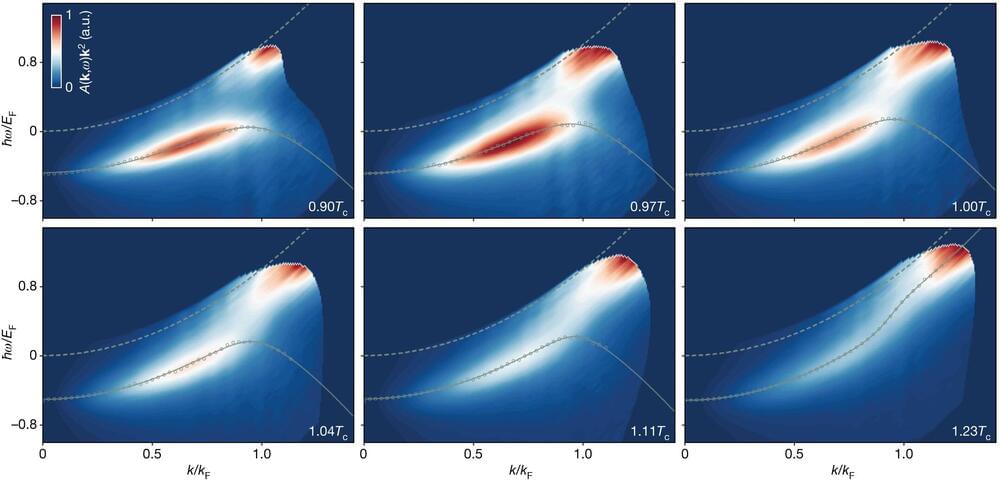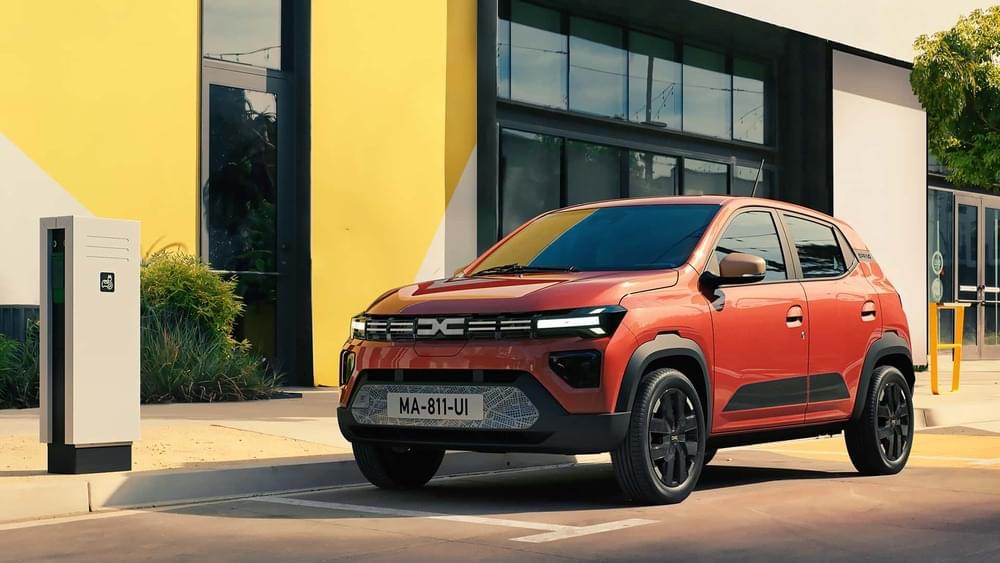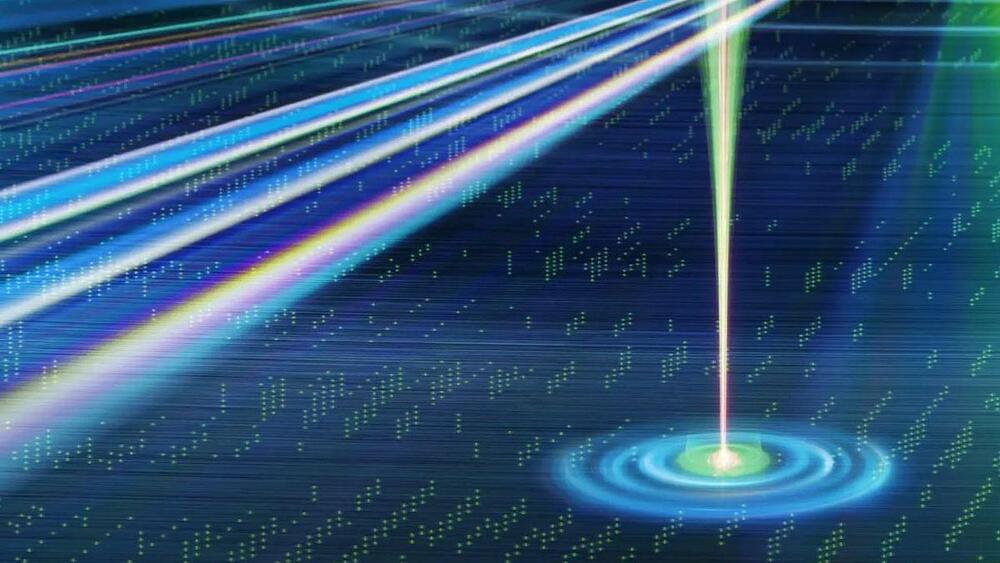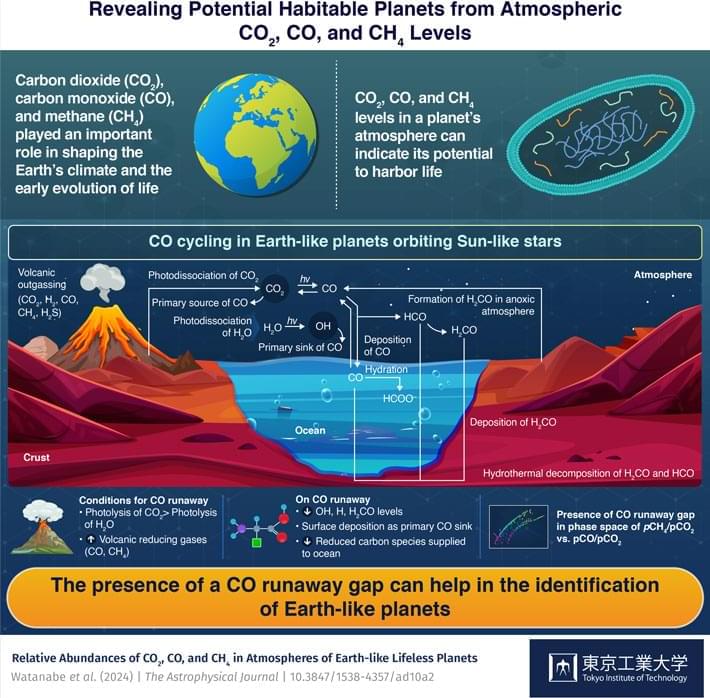An international team of scientists has made a new discovery that may help to unlock the microscopic mystery of high-temperature superconductivity and address the world’s energy problems.
Welcome to the latest edition of my Security & Tech Insights Newsletter.
This issue focuses on the Thanks for reading and sharing! Cybersecurity of Space Systems.
Welcome to another edition of the Security & Tech Insights newsletter. A growing focus has been on the high frontier of space for exploration.
Tesla Cybertruck range tests are all the buzz, and publications are looking to see how accurate the automaker’s projections and estimates are, and how many miles the all-electric pickup can travel on a full charge.
A few tests have already been performed, including one that took the Cybertruck on the highway and gave less-than-favorable results.
However, range tests are never identical because so many external factors, like driving style and temperature, for example, can significantly influence the results.
The Chinese-made urban runabout can export up to 3.5 kilowatts of power from its 27-kilowatt-hour battery pack.
AI chatbots can’t remember things well. However, scientists might have fixed AI’s critical short-term memory issue, while OpenAI is also beginning to roll out long-term memory for ChatGPT.
The search for habitable exoplanets involves looking for planets with similar conditions to the Earth, such as liquid water, a suitable temperature range and atmospheric conditions. One crucial factor is the planet’s position in the habitable zone, the region around a star where liquid water could potentially exist on the planet’s surface. NASA’s Kepler telescope, launched in 2009, revealed that 20–50% of visible stars may host such habitable Earth-sized rocky planets. However, the presence of liquid water alone does not guarantee a planet’s habitability. On Earth, carbon compounds such as carbon dioxide (CO2), methane (CH4), and carbon monoxide (CO) played a crucial role in shaping the climate and biogeochemistry and could have contributed to the emergence of life.
Taking this into consideration, a recent study by Associate Professor Kazumi Ozaki from Tokyo Institute of Technology, along with Associate Researcher Yasuto Watanabe from The University of Tokyo, aims to expand the search for habitable planets. Published in the Astrophysical Journal(External site) on 10 January 2024, the researchers used atmospheric modeling to identify conditions that could result in a CO-rich atmosphere on Earth-like planets that orbit sun-like (F-, G-, and K-type) stars. This phenomenon, known as CO runaway, is suggested by atmospheric models to have possibly occurred in early planetary atmospheres, potentially favoring the emergence of life.
“The possibility of CO runaway is critical in resolving the fundamental problem regarding the origin of life on Earth because various organic compounds suitable for the prebiotic chemistry are more likely to form in a CO-rich atmosphere than in a CO2-rich atmosphere,” explains Dr. Ozaki.
Streamlined workflows for DNA and RNA sequencing are helping clinicians to deliver prompt, targeted care to people in days — or even hours.
Join us on Patreon! https://www.patreon.com/MichaelLustgartenPhDDiscount Links: DunedinPACE: https://trudiagnostic.com/?irclickid=U-s3Ii2r7xyIU-LSYLyQdQ62UkA…
Security experts at the University of Florida, in collaboration with CertiK, a security audit company, have uncovered a potential cybersecurity threat that could result in smartphones catching fire when placed on wireless chargers.
According to TechXplore, this discovery highlights vulnerabilities in the Qi communication-based feedback control system used in inductive chargers, which wirelessly transfer energy to devices through electromagnetic fields.









